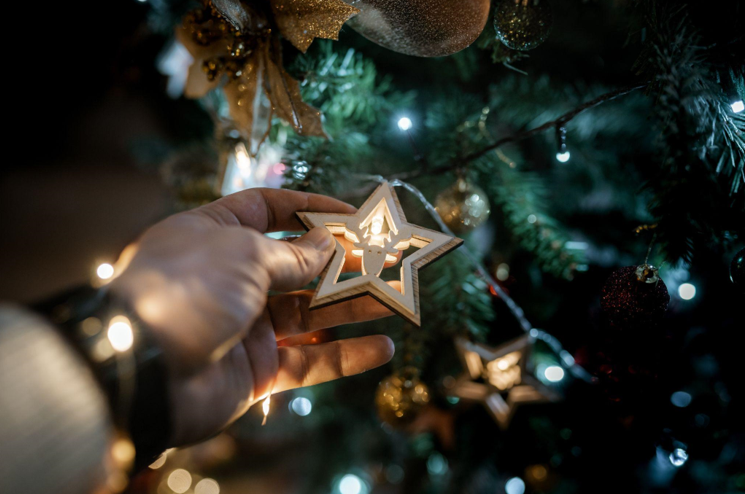A Brief History of Artificial Christmas Trees
Many families worldwide consider creating a Christmas tree as the holiday season approaches. While natural trees may be the traditional option, artificial trees have become increasingly popular. In this article, we’ll look at the evolution of artificial Christmas trees.
The Early Days of Artificial Christmas Trees
Artificial Christmas trees can be traced back to the early 19th century, but they were similar to the realistic and lifelike trees we see today. The earliest artificial trees were made of green-dyed feathers or goose quills attached to wire branches.
These early trees were not cheap, nor were they prevalent. It was in the 1930s that artificial trees began gaining momentum when a company called Addis Brush produced the first commercially successful artificial tree.
The Rise of Silver Tinsel Trees
In the 1950s, aluminum manufacturing companies began producing silver tinsel trees. These trees were famous for a few reasons: they were more affordable than other artificial trees, and their reflective surfaces made them look lit up without any lights.
However, silver tinsel trees fell out of favor by the 1960s as people began to favor more natural-looking trees.
The Development of Modern-Day Realism
With advancements in manufacturing technology, artificial trees began to look more like their natural counterparts. Then, in the 1980s, PVC needles were introduced, giving trees a fuller and more realistic look.
By the 1990s, artificial trees had come a long way. Needles were made from polyethylene, which had a more realistic texture. Trees were designed to be pre-lit, and branches were produced in shades of green.
The Benefits of Artificial Trees
Although they may not have that fresh pine smell, there are many benefits to using artificial trees. TheyFirst, they’re able, which means you won’t have to buy new trees yearly. They also don’t shed needles, which can be a huge mess to clean up. And many of them come pre-lit, saving you time and effort in decorating.
Artificial trees are also a more sustainable option. While natural trees are usually composted after the holiday season, many artificial trees can last for years or even decades.
Conclusion
Artificial Christmas trees have come a long way from their earliest days as a feather and wire creations to modern realistic versions. While natural trees may still be preferred, artificial trees offer a practical and sustainable alternative for others. Whatever your preference, we can all agree that the beauty and warmth of a decorated tree is an essential part of any holiday celebration.
